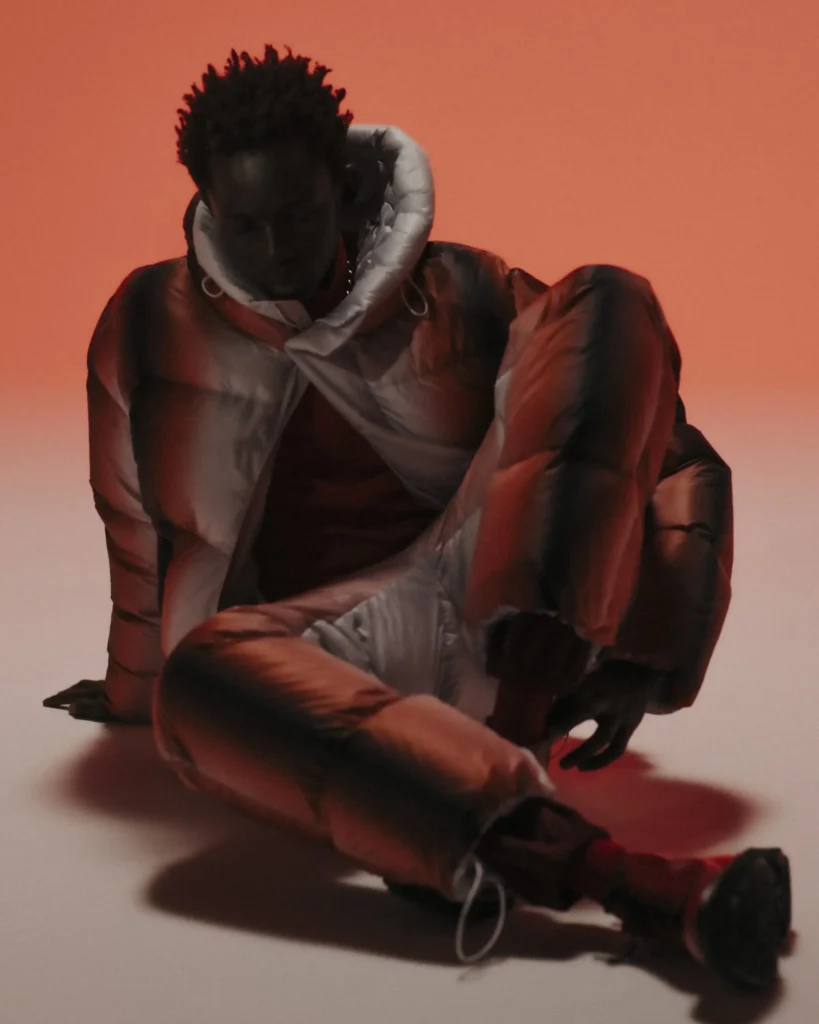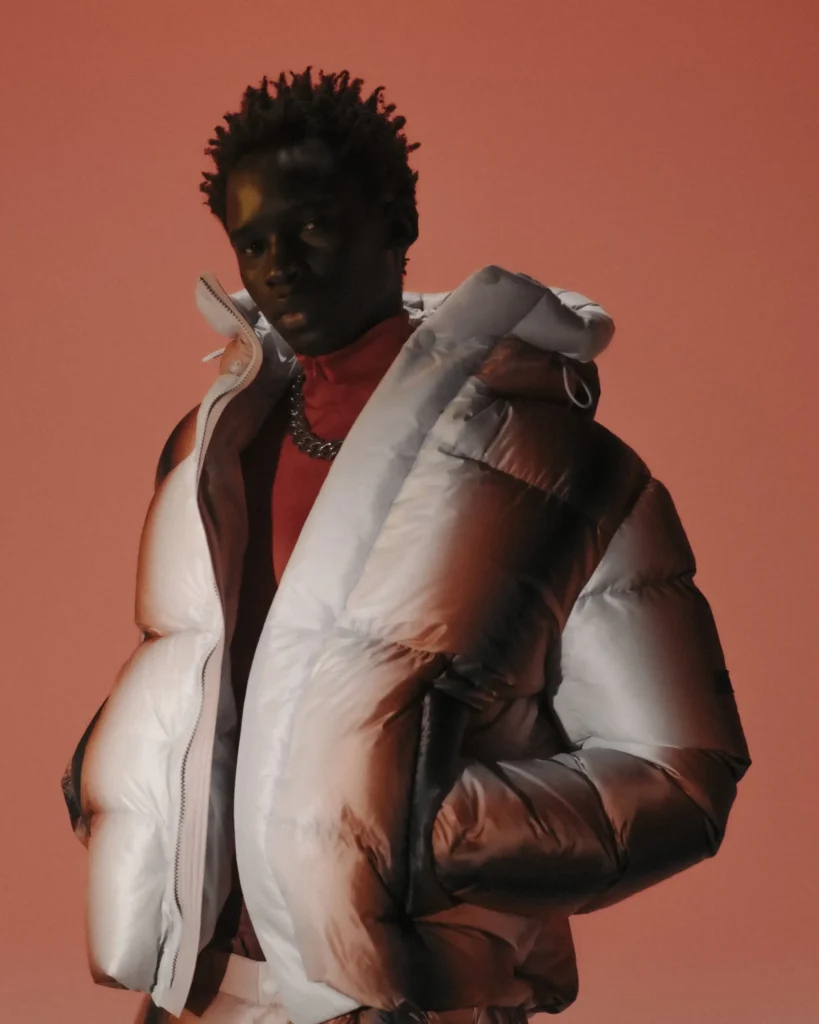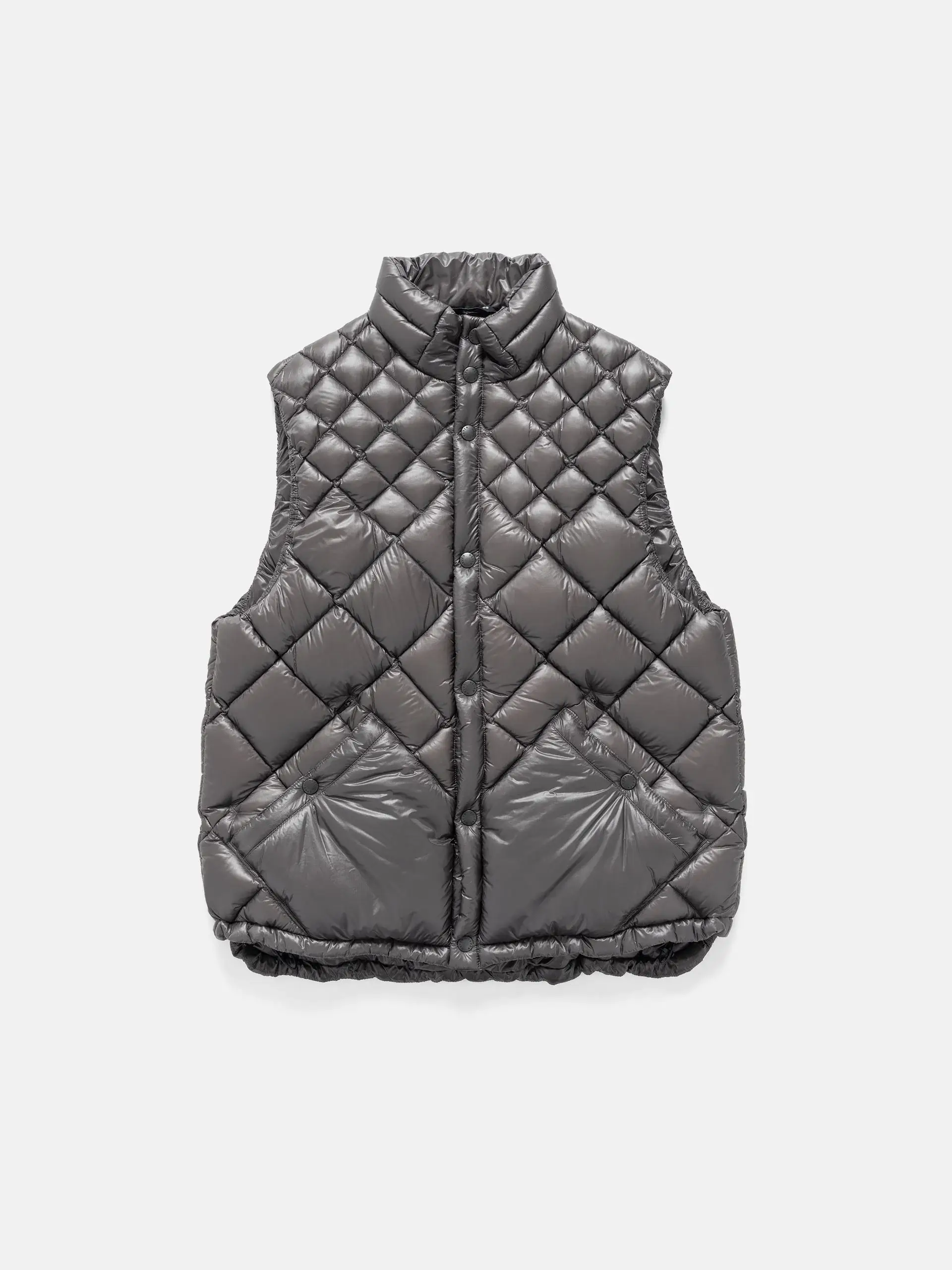quiet
In an era when fast fashion often overshadows slow artistry, TATRAS returns to its roots, placing Japanese craftsmanship at the center of its creative narrative. The brand’s new limited-edition capsule, Layers of Japanese Craft, stands as both an homage and a challenge — an homage to centuries of artisanal mastery, and a challenge to the fleeting nature of contemporary design.
This latest project situates itself within the ongoing dialogue between tradition and progress that defines Japanese aesthetics. In doing so, TATRAS builds upon the success of its 2024 collaboration with Kyoto’s Asahi-yaki pottery house, deepening its exploration into what it means to merge the tactile precision of handcraft with the minimal, functional language of modern fashion.
“Layers” — as a title and a philosophy — articulates more than surface. It speaks to a continuum of culture, where each generation leaves its mark without erasing the previous one. The result is a collection that feels timeless yet current, historical yet forward-looking, much like Japan itself.
tradition
At the heart of Layers of Japanese Craft lies the heritage of Wajima, a city located on the Noto Peninsula of Ishikawa Prefecture. Famous for its lacquerware, or Wajima-nuri, this coastal town has long been a sanctuary for artisans who transform natural materials into luminous objects of enduring beauty.
TATRAS’ creative director — working closely with local Wajima craftspeople — integrates these techniques into wearable forms. The lacquer process, traditionally used on wooden vessels, is subtly transposed onto fabrics and accessories. Coated textures on outerwear mimic the reflective depth of lacquer; tonal contrasts on panels recall brushstrokes applied over multiple days of curing and polishing.
Each piece embodies the patience inherent in urushi lacquerwork: the slow layering of substance, the respect for imperfection, and the acceptance of time as a collaborator.
This collaboration does not merely “borrow” aesthetic cues but amplifies Wajima’s living craft economy, ensuring artisanship remains viable in a modern commercial context. It’s both fashion and preservation — a kind of wearable cultural diplomacy.
material
TATRAS’ “Layers” concept extends beyond physical textiles into a philosophical framework inspired by wabi-sabi and shibumi — two Japanese ideas centered on beauty in restraint, impermanence, and quiet elegance.
The brand’s design team treated layering as a metaphor for experience. Outer layers of quilted nylon conceal inner structures lined with fine wool, symbolizing the coexistence of strength and softness. Surfaces alternate between matte and gloss, a dialogue of old versus new, restraint versus reveal.
Even color plays a narrative role. The palette transitions from subdued ash and charcoal tones to deeper vermilion accents reminiscent of aged lacquer. These colors are neither loud nor muted — they exist in subtle conversation, each shade representing an emotional register within the story of making.
Every garment tells a layered story: the artisan’s hand, the designer’s vision, the wearer’s movement. Together they form a triptych of time and touch, dissolving the boundary between fashion as spectacle and fashion as lived intimacy.
redefine
If there’s one thread running through the Layers of Japanese Craft project, it is tactility. TATRAS challenges the notion of luxury as excess by redefining it through feel — the brush of hand-finished seams, the uneven grain of natural fibers, the weight of garments that move with measured grace.
Each piece was constructed in limited runs, with production cycles intentionally slowed to accommodate artisanal input. For example, outerwear silhouettes incorporate hand-stitched reinforcement where machine work would have been faster, not as an act of nostalgia but as a form of material respect.
The resulting garments — jackets, modular vests, structured coats, and mid-length outer shells — demonstrate how functionality can coexist with poetry. Fabrics range from hybrid silk blends and laminated cottons to heat-treated linen, all processed to reflect the nuanced textures of Japanese ceramics and metalwork.
Accessories, including belts, scarves, and lacquer-coated brooches, further the tactile dialogue. They extend the idea of layers beyond apparel — becoming symbolic armor for modern living, objects that carry memory and meaning.
flow
For those familiar with TATRAS’ 2024 collaboration with Kyoto’s Asahi-yaki pottery studio, this new collection feels like a natural evolution. Where the Asahi-yaki project explored the fluidity of clay and glaze as metaphors for transformation, Layers dives into the permanence of lacquer and fiber as symbols of endurance.
Both initiatives share a key belief: that Japan’s regional crafts are not relics but active forms of innovation. By translating age-old disciplines into new contexts, TATRAS reframes “craft” as a contemporary act — alive, experimental, and deeply human.
Through this lens, TATRAS becomes more than a fashion brand. It operates as a cultural intermediary, a bridge between artisans of the past and global consumers of the future. This bridging is not ornamental; it is infrastructural, reimagining how design ecosystems can sustain craft economies while maintaining creative autonomy.
lang
Visually, the Layers of Japanese Craft campaign reflects TATRAS’ modernist aesthetic with cinematic minimalism. Shot across both rural Wajima and metropolitan Tokyo, the imagery contrasts temple courtyards with concrete skylines — the stillness of nature against the pulse of the city.
The models, styled in sculptural outerwear and tonal separates, are framed as moving sculptures — expressions of identity through material. There are no overt logos, no forced statements. Instead, the garments rely on silhouette, proportion, and surface rhythm to communicate quiet confidence.
TATRAS’ approach to Japanese modernity recalls the architectural principles of Kengo Kuma and Tadao Ando: interplay between light and shadow, tension between built form and open space. In this sense, Layers reads like a piece of spatial design translated into textile form.
sustainability
Integral to the project’s philosophy is a sustainability model rooted in reverence rather than marketing. Every element of the capsule reflects circularity and care — from sourcing natural dyes derived from persimmon and indigo to minimizing waste through precision cutting and modular garment construction.
TATRAS’ supply chain partners in Wajima and Kyoto employed regional resources responsibly, maintaining ecological integrity while honoring local materials. The lacquer coating used for select accessories, for example, comes from ethically harvested urushi sap, applied by artisans using methods that preserve forest ecosystems.
This approach rejects the Western fashion industry’s habitual framing of “sustainability” as a trend. Instead, it positions responsibility as inherent to Japanese craftsmanship — a centuries-old understanding that materials carry spirit (tamashii) and deserve care equal to their creators.
social
With Layers of Japanese Craft, TATRAS demonstrates how fashion can move beyond aesthetics into diplomacy — a form of cultural storytelling that resonates across borders. The capsule challenges Western definitions of luxury as excess, proposing instead an alternative rooted in slowness, narrative, and human labor.
The brand’s international audience, from Milan to New York, increasingly seeks authenticity: garments that feel personal, not mass-produced. TATRAS responds by translating Japanese artisanal integrity into globally relevant design codes — clean lines, advanced construction, and tactile innovation — while maintaining the quiet modesty that defines its identity.
This cultural intelligence places TATRAS in the same conversation as other Japanese-driven global houses such as Issey Miyake, Yohji Yamamoto, and Sacai, yet with a distinctly architectural approach that prioritizes composition and structure.
idea
Ultimately, Layers of Japanese Craft is not a seasonal statement but an ongoing meditation on continuity — a reminder that fashion’s true power lies not in novelty but in legacy. Each TATRAS piece from this collection serves as an artifact of its making, connecting wearer to maker, city to village, innovation to ancestry.
The garments invite touch, not spectacle; reflection, not distraction. In that sense, they oppose the disposable speed of modern fashion by offering a different kind of luxury — one that values duration over disruption.
As the collection circulates internationally, it brings with it a message from Japan’s creative heart: that beauty endures through layers, and that the act of layering — of building upon what came before — is itself an art.
rev
TATRAS’ Layers of Japanese Craft emerges not simply as a collection but as a manifesto — a declaration that the future of fashion rests in honoring the complexity of the past. By aligning with Wajima’s master artisans and embracing the quiet power of Japanese philosophy, the brand crafts garments that are not only beautiful but meaningful.
In an industry often driven by immediacy, Layers offers something slower, deeper, and infinitely more human. It’s a tactile symphony where every stitch, fold, and reflection tells a story — a dialogue between the hand and the world, between the centuries and the now.
TATRAS invites us to listen to that dialogue, to wear its echo, and to remember that craftsmanship, like culture, reveals its beauty only when we take the time to feel its layers.
No comments yet.











